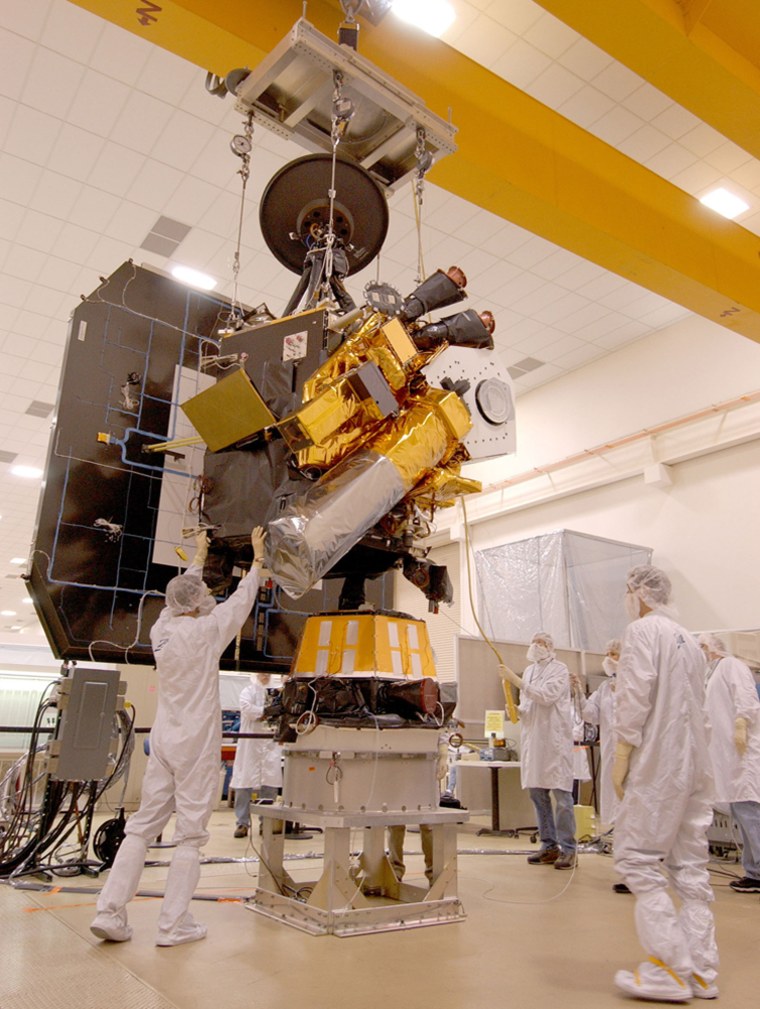NASA's comet-busting spacecraft is on its way to rendezvous with another comet in an extended mission that will also hunt for Earth-sized planets around a cluster of stars.
The Deep Impact probe zipped past Earth Monday, the first of three flybys designed to use the planet's gravity to hurtle the spacecraft toward comet Hartley 2 for a 2010 meeting.
Last week, engineers calibrated the instruments aboard the spacecraft using the moon as a target in advance of the flyby, which occurred as planned, said William Blume of NASA's Jet Propulsion Laboratory.
At closest approach the spacecraft was 10,000 miles (16,092 kilometers) above Australia.
"We're taking laps around the sun until the comet comes," he said.
In 2005, Deep Impact became the first spacecraft to crack open a comet by releasing a copper impactor that smashed into Tempel 1, giving scientists their first glimpse of the interior. The mothership survived and was placed in safe mode before it was tapped for an encore.
The new mission, known as Epoxi, calls for Deep Impact to travel 1.6 billion miles (2.57 billion kilometers) to reach Hartley 2, which will be about 12 million miles (19.31 million kilometers) from Earth at the time of the encounter. Deep Impact will hover 550 miles (885.1 kilometers) from the half mile-wide surface and use its two telescopes and infrared spectrometer to map features and record gas outbursts.
On its way to the comet, Deep Impact will spend six months using one of its telescopes to search for Earth-sized planets around five nearby stars, which are known to have Jupiter-like planets orbiting them.
The extended mission, managed by JPL in Pasadena, cost $40 million compared to the $333 million it took to collide with Tempel 1.
NASA initially wanted Deep Impact's second act to be an exploration of comet 85P/Boethin in 2008. But to scientists' surprise, a bevy of ground and space telescopes were unable to spot it this fall. Astronomers believe the comet may have shattered into specks too small to be seen from Earth.
Mission managers then asked the space agency to change course and visit Hartley 2 — which required a path correction and an extra two years of travel. To keep costs down, engineers plan to hibernate the spacecraft after the planet-seeking phase of the mission and wake it up before its arrival at Hartley 2, said Thomas Duxbury, JPL project manager.
